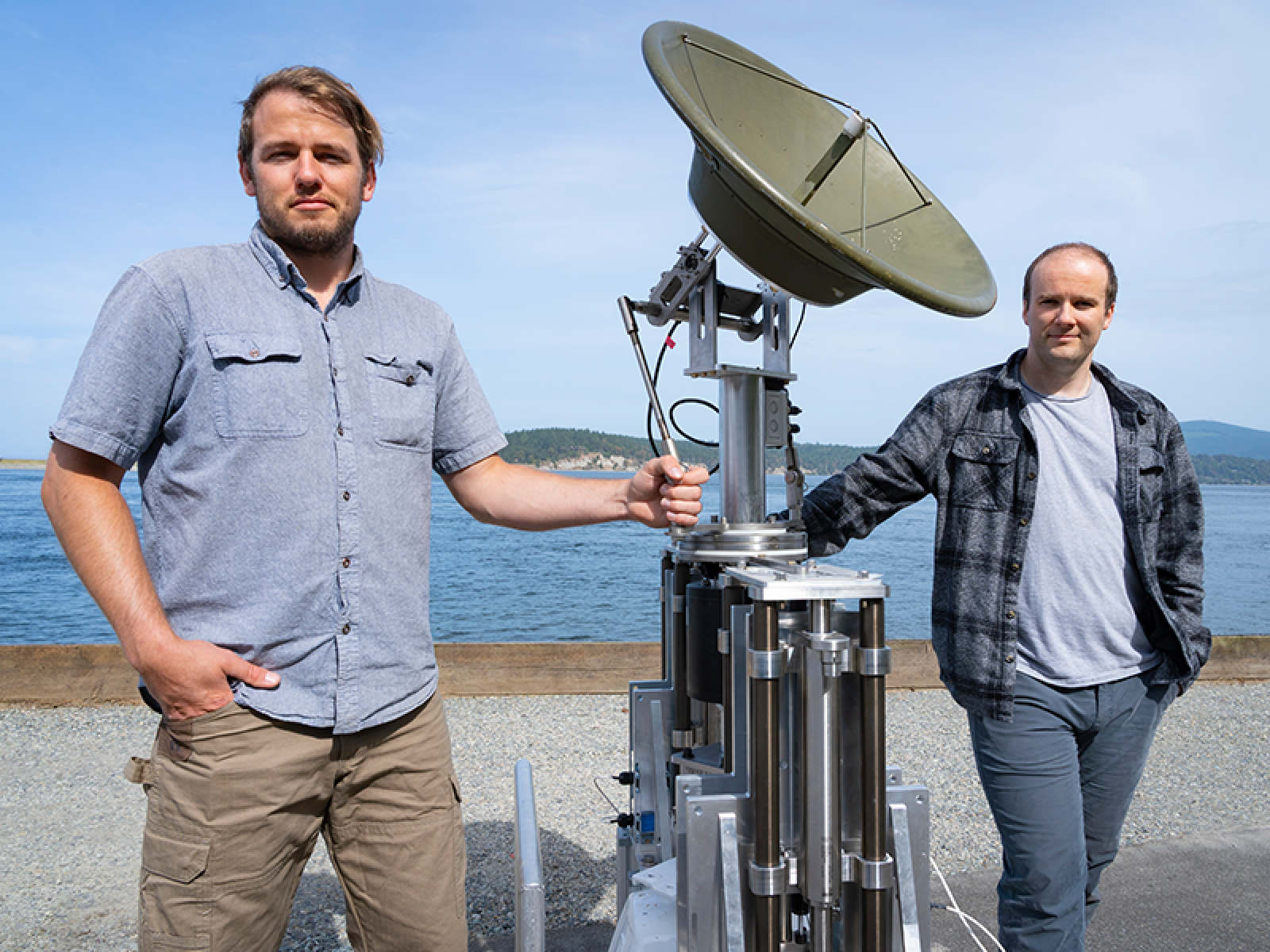2025-06-26 シカゴ大学 (UChicago)
<関連情報>
- https://news.umich.edu/breaking-the-chain-of-destruction-building-resilience-by-preparing-for-cascading-hazards/
- https://www.science.org/doi/10.1126/science.adp9559
地球システムにおける連鎖的な地表災害 Cascading land surface hazards as a nexus in the Earth system
Brian J. Yanites, Marin K. Clark, Joshua J. Roering, A. Joshua West, […] , and Jennifer Pierce
Science Published:26 Jun 2025
DOI:https://doi.org/10.1126/science.adp9559
Editor’s summary
Natural hazards such as earthquakes, fires, and floods can dramatically affect human life and infrastructure. These events do not always occur alone, however, because one often cascades into another. Yanites et al. reviewed how surface processes can create a complex sequence of events that heightens hazard susceptibility and poses additional risks to people and property. Understanding these issues will make it easier to build a holistic, multihazard framework for predicting the consequences of extreme events across Earth’s surface. —Jesse Smith
Structured Abstract
BACKGROUND
Earth’s surface is sculpted by numerous processes that move sediment, ranging from gradual and benign to abrupt and catastrophic. Although infrequent, high-magnitude sediment mobilization events can be hazardous to people and infrastructure, leaving topographic imprints on the landscape and remarkable narratives in the historical record. Hazardous events such as fires, storms, and earthquakes accelerate erosion and sediment transport, increasing landscape sensitivity to subsequent perturbations, thus forming a cascading hazard. Although the redistribution of sediment across Earth’s landscape can result in higher risks to vulnerable populations, cascading processes are commonly unaccounted for in hazard assessments. Cascading hazards can occur almost immediately after triggering events, such as coseismic landslides, or over months, years, or even decades after an initial perturbation, such as debris flows after wildfires or flooding in channels alluviated by volcanic debris. Sediment cascades span Earth’s surface, from mountaintops to river valleys, where erosion, deposition, and aggradation can lead to a myriad of hazardous processes, including decreased river conveyance capacity, which increases the likelihood of downstream flooding. An improved understanding of the magnitude, frequency, and persistence of cascading hazards is critical given the rapid changes in the frequency and severity of storms, fires, sea-level change, and cryospheric melting, as well as the expansion of high-population-density urban footprints in regions susceptible to solid Earth hazards. Understanding the full consequences and underlying physics of Earth’s cascading land surface hazards can help minimize future human and economic losses.
ADVANCES
Recent research reveals crucial surface process interactions that link distinct components of Earth systems on human timescales (seconds to centuries) and give rise to cascading hazards. For example, solid Earth processes, such as earthquakes and volcanic eruptions, can generate widespread deformation and stress changes that affect rock strength and susceptibility to mass wasting. Likewise, the atmospheric triggering of hazards because of extreme precipitation, drought, and warming varies regionally and can be amplified or dampened depending on topography, geologic materials, and seismic activity, which are tied to the tectonic history of a region. New models capable of linking atmospheric forcings and solid Earth phenomena to land surface processes provide critical tools for quantifying how different Earth systems interact to initiate and sustain cascading hazards. Advances in high-resolution remote sensing tools provide accurate and extensive datasets to calibrate and validate models. Moreover, recent advances in critical zone science illuminate how the coupling of hydrologic, geologic, and biologic processes modifies near-surface material properties, altering their susceptibility to land surface hazards. These methodological and theoretical advances provide an opportunity to anticipate and forecast how the interaction of Earth systems affects land surface hazards in a changing world.
OUTLOOK
The science of land surface processes—encompassing the atmospheric, hydrospheric, biospheric, and solid Earth system sciences—is well positioned to advance our ability to forecast cascading hazards and enhance societal resilience through improved risk assessment and management. However, to achieve such advances, cross-disciplinary research teams are needed to address new research paradigms such as “How do different Earth systems interact to influence the magnitude, frequency, and longevity of impactful events?” Addressing these inherently complex and multidisciplinary questions requires a holistic approach to cascading hazard science that considers the impact of trigger magnitude, the influence of preconditioning along the cascade pathway from critical zone processes, and the interaction of processes along the cascade. Such advances can help interpret the emergence and persistence of cascading hazards and anticipate how they will be influenced by climate and land use changes. Linking Earth systems within a cascading hazard framework can inform theories, mechanistic models, and data analyses capable of quantifying the hazards of cascading processes on the ever-evolving Earth’s surface, ultimately strengthening community resiliency and sustainability.
OPEN IN VIEWER
A photograph and a schematic illustration of how the interaction of Earth systems through surface process controls the emergence and persistence of cascading hazards.
Processes at and near Earth’s surface influence the strength and thickness of near-surface Earth materials, affecting how the mobilization of hillslope sediment will respond to triggers. The dynamics of the runout of this mobilized sediment can vary substantially owing to the interconnected upslope processes. As sediment works through fluvial systems, high sediment loads increase flood hazards and destabilize adjacent hillslopes, leading to further sediment mobilization. [Photo by Chi Po-lin and provided by the Chi Po-lin Foundation, copyright Above Taiwan Cinema]
Abstract
This Review synthesizes progress and outlines a new framework for understanding how land surface hazards interact and propagate as sediment cascades across Earth’s surface, influenced by interactions among the atmosphere, biosphere, hydrosphere, and solid Earth. Recent research highlights a gap in understanding these interactions on human timescales, given rapid climatic change and urban expansion into hazard-prone zones. We review how surface processes such as coseismic landslides and post-fire debris flows form a complex sequence of events that exacerbate hazard susceptibility. Moreover, innovations in modeling, remote sensing, and critical zone science can offer new opportunities for quantifying cascading hazards. Looking forward, societal resilience can increase by transforming our understanding of cascading hazards through advances in integrating data into comprehensive models that link across Earth systems.



